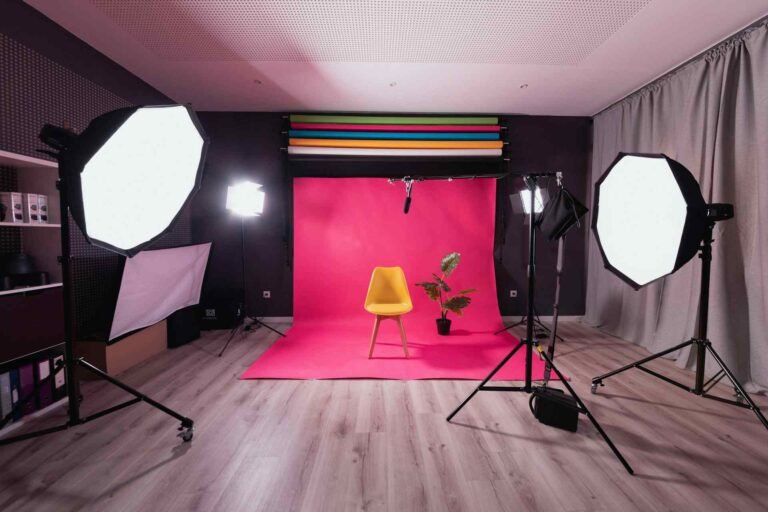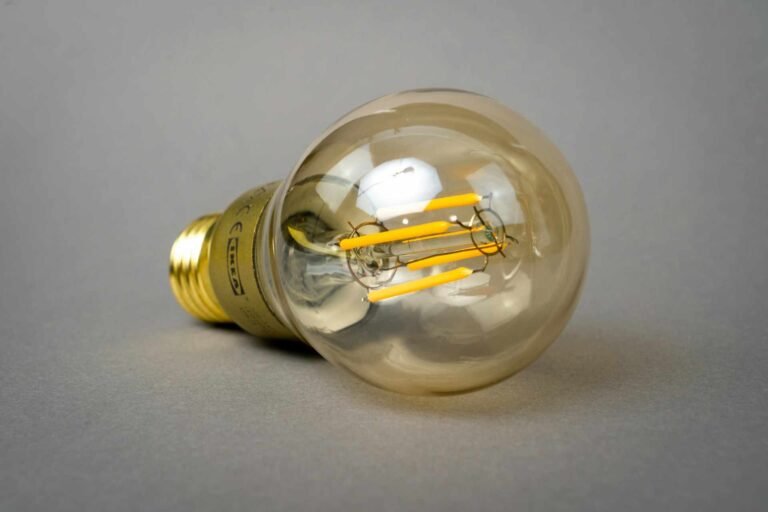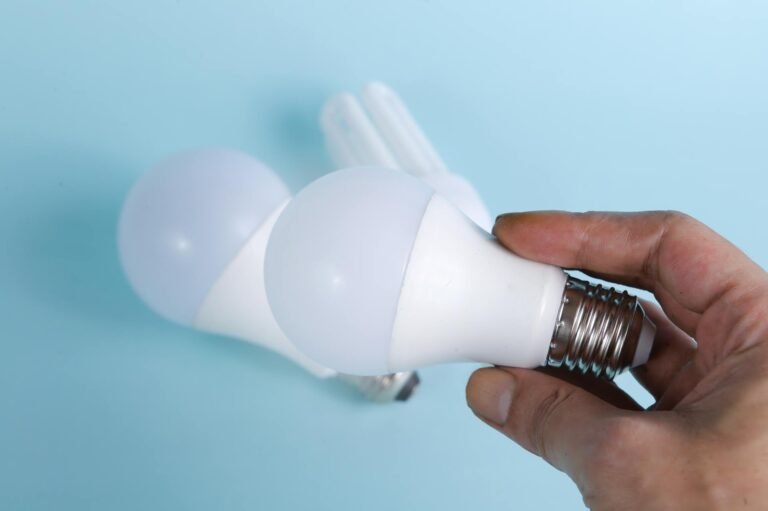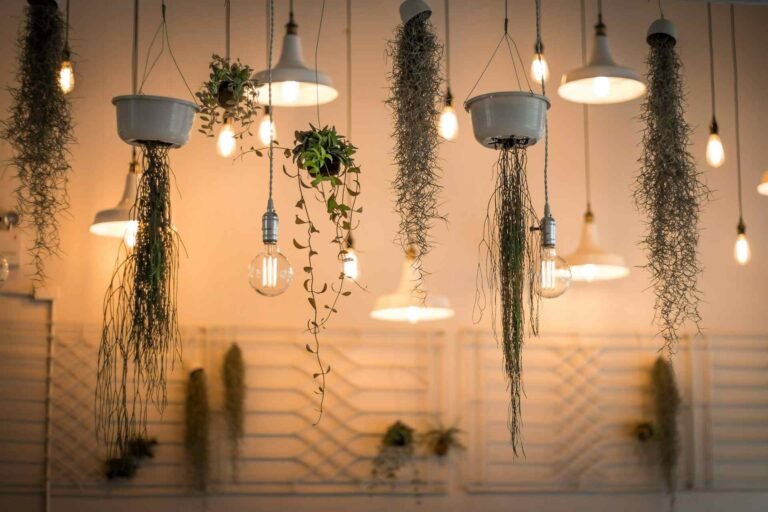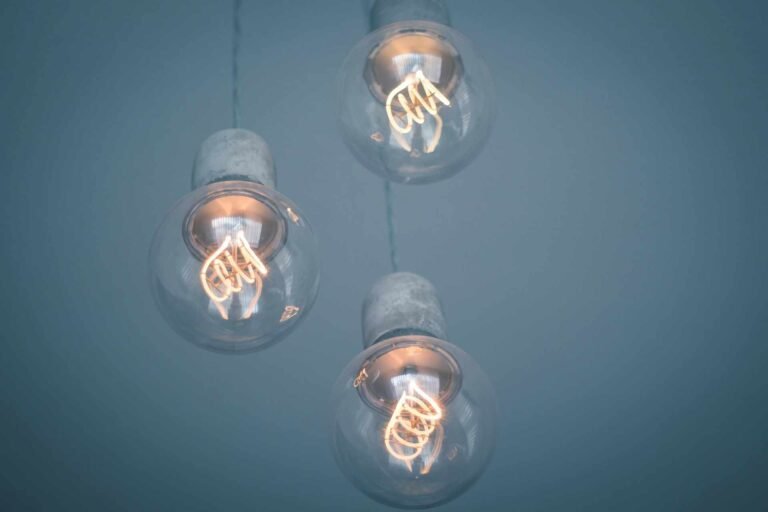Do LED Light Strips Use a Lot of Electricity? The Complete Energy Cost Guide
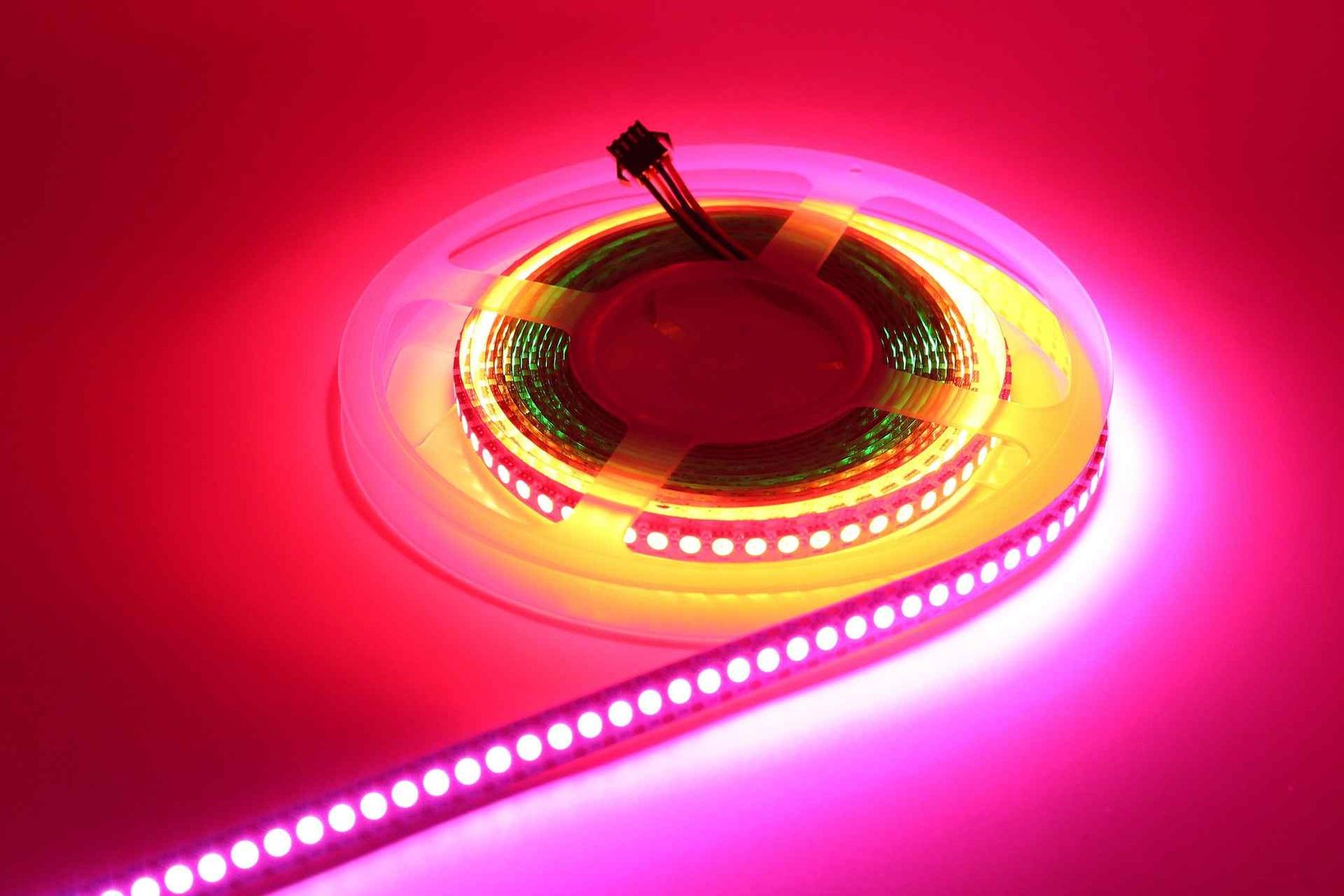
Ever found yourself admiring those gorgeous LED strip lights casting a warm glow behind your monitor or under your kitchen cabinets, only to wonder if they’re secretly plotting to drain your bank account through your electric bill? With energy costs climbing and environmental consciousness at an all-time high, it’s perfectly reasonable to question whether these trendy lighting solutions are wallet-friendly or energy vampires in disguise.
The short answer might surprise you: LED strip lights are actually among the most energy-efficient lighting options available today. But there’s so much more to unpack when it comes to understanding their true electricity consumption and what that means for your monthly expenses.
LED Strip Light Energy Consumption
When we talk about whether LED strip lights use a lot of electricity, we need to dive into the fascinating world of watts, lumens, and efficiency ratings. Unlike their power-hungry predecessors, LED strips operate on a fundamentally different principle that makes them remarkably efficient.
Traditional incandescent bulbs waste roughly 90% of their energy as heat, while LED technology converts nearly all of its power into actual light. This translates into dramatic energy savings that become even more impressive when you consider the lifespan of these lights.
A typical LED strip light consumes between 4.8 to 14.4 watts per meter, depending on the density of LEDs and their brightness output. To put this in perspective, that’s less power than most smartphone chargers use when plugged into the wall. Even a generous 5-meter installation would typically draw less electricity than a single traditional 60-watt bulb.
The magic happens in the semiconductor technology that powers these lights. When electricity passes through the LED chip, it creates photons directly, bypassing the inefficient heating process that plagued older lighting technologies. This efficiency translates into real savings that compound over time, making LED strips an intelligent investment for anyone looking to balance ambiance with energy consciousness.
How Much Do LED Strip Lights Cost to Run?
Let’s crunch some numbers that matter to your wallet. The cost of running LED strip lights depends on several factors: your local electricity rates, how long you keep them on, and the power consumption of your specific strips.
Using the average electricity rate in the United States, a standard 5-meter LED strip consuming 24 watts would cost approximately $0.003 per hour to operate. That means running it for 8 hours daily would add roughly $0.66 to your monthly electric bill. Even if you’re the type who loves ambient lighting and keeps them glowing for 12 hours daily, you’re looking at less than a dollar per month.
The LED strip lights electricity cost becomes even more attractive when compared to alternatives. A comparable length of incandescent rope lights might consume 150-200 watts, resulting in monthly costs of $4-6 for the same usage pattern. Suddenly, those LED strips don’t just look good, they make financial sense too.
Desk Lighting Applications and Efficiency
For workspace enthusiasts, USB powered desk lights offer an particularly efficient solution. These lights typically draw power directly from your computer or a USB hub, consuming minimal energy while providing excellent task lighting. The convenience factor is unmatched, no additional outlets needed, and they often turn on and off with your computer automatically.
When considering dimmable LED desk lamps versus strip lighting for your workspace, strips often win on efficiency. Their distributed light source reduces eye strain while consuming less power than point-source desk lamps. This makes them perfect for creating bias lighting behind monitors or under-shelf task lighting that doesn’t create harsh shadows.
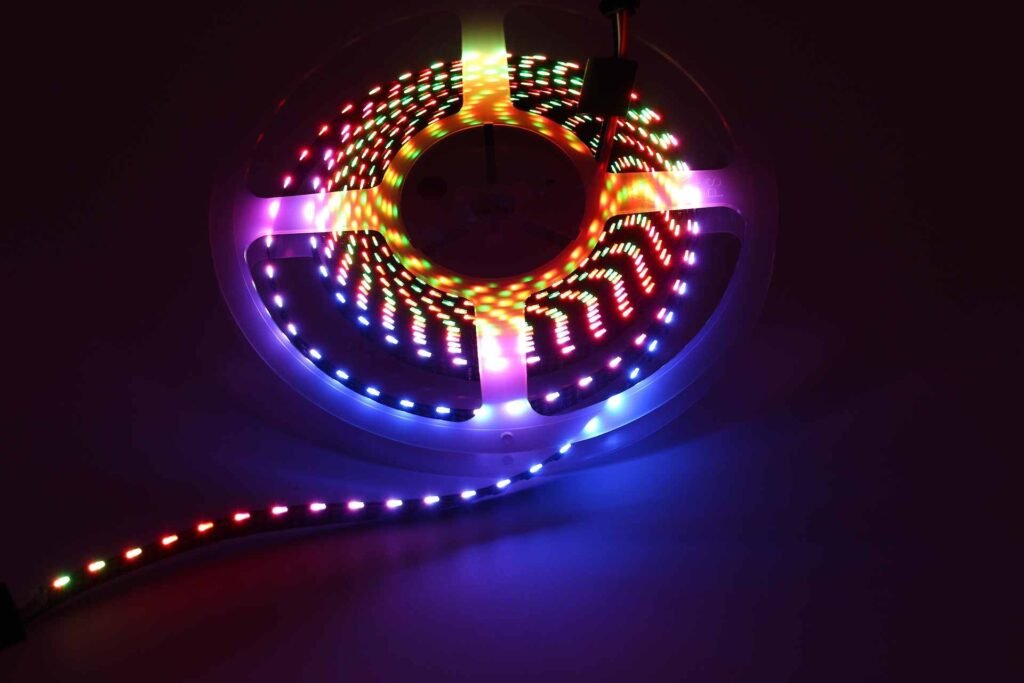
Do LED Strip Lights Raise Your Electric Bill Significantly?
The honest answer is that LED strip lights have such minimal impact on your electric bill that you might not even notice the difference. Most households see increases of less than $2-3 per month even with extensive LED strip installations throughout multiple rooms.
Consider this real-world scenario: a family decides to install LED strips in their living room, bedroom, and kitchen, roughly 65 feet total. Running these strips for 6 hours daily would typically add less than $2.50 to their monthly electric bill. That’s roughly the cost of a single fancy coffee drink, but the ambiance and functionality improvement lasts all month long.
The situation becomes even more favorable when you factor in the longevity of LED technology. While you might replace traditional bulbs multiple times per year, quality LED strips can last 25,000 to 50,000 hours. This longevity means fewer replacement costs and less waste, making them environmentally and economically sensible choices.
For those worried about leaving lights on accidentally, many modern LED strips come with smart timer functions hat automatically shut off after predetermined periods. This feature not only prevents energy waste but also extends the lifespan of your lighting investment.
Factors That Affect LED Strip Power Consumption
Not all LED strips are created equal, and understanding the variables that influence their electricity consumption helps you make informed decisions. The most significant factor is LED density, strips with more LEDs per meter naturally consume more power while producing brighter output.
Color temperature also plays a role in energy consumption. Cool light versus warm light strips can have slightly different power draws, though the difference is typically minimal. Cool white LEDs tend to be slightly more efficient, while warm white and RGB (color-changing) strips may consume marginally more power due to their more complex circuitry.
The quality of the LED strips themselves significantly impacts both performance and efficiency. Higher-quality strips often include better heat management, which maintains efficiency over time. Poor-quality strips may degrade faster, leading to reduced light output and potentially higher power consumption as they age.
Power Supply Considerations
The transformer or power supply you choose can also affect overall energy efficiency. Switching power supplies are generally more efficient than linear supplies, though they cost slightly more upfront. For USB hub applications, the efficiency of your hub’s power management can influence the overall energy consumption of connected LED strips.
When installing multiple strips, consider whether you need individual controllers or can manage them through a centralized system. Smart controllers may add a small amount of standby power consumption but often provide energy-saving features like scheduling and automatic dimming that can reduce overall usage.
Comparing LED Strips to Other Lighting Options
| Lighting Type | Power Consumption (5m equivalent) | Monthly Cost (8hrs/day) | Lifespan | Heat Output |
|---|---|---|---|---|
| LED Strip Lights | 24-72W | $0.66-$1.98 | 25,000+ hrs | Minimal |
| Incandescent Rope | 150-200W | $4.12-$5.50 | 1,000 hrs | High |
| Fluorescent Tubes | 80-120W | $2.20-$3.30 | 10,000 hrs | Moderate |
| Halogen Strips | 100-150W | $2.75-$4.12 | 2,000 hrs | Very High |
This comparison reveals why LED strips have become the go-to choice for accent and task lighting. Beyond the obvious cost savings, they produce virtually no heat, making them safer for enclosed spaces and reducing cooling costs in warmer months.
The efficiency advantage becomes even more pronounced in applications requiring color rendering. While traditional lighting often requires filters or colored bulbs (which reduce efficiency), LED strips can produce various colors directly, maintaining their energy efficiency across the entire spectrum.
Smart Usage Tips for Maximum Efficiency
Getting the most efficiency from your LED strip investment involves some strategic thinking about placement and usage patterns. Positioning your lighting correctly can reduce the number of strips needed while maximizing illumination effectiveness.
For workspace applications, consider using LED strips as bias lighting behind monitors to reduce eye strain and the need for overhead lighting. This approach can actually reduce your overall lighting energy consumption while improving visual comfort during long work sessions.
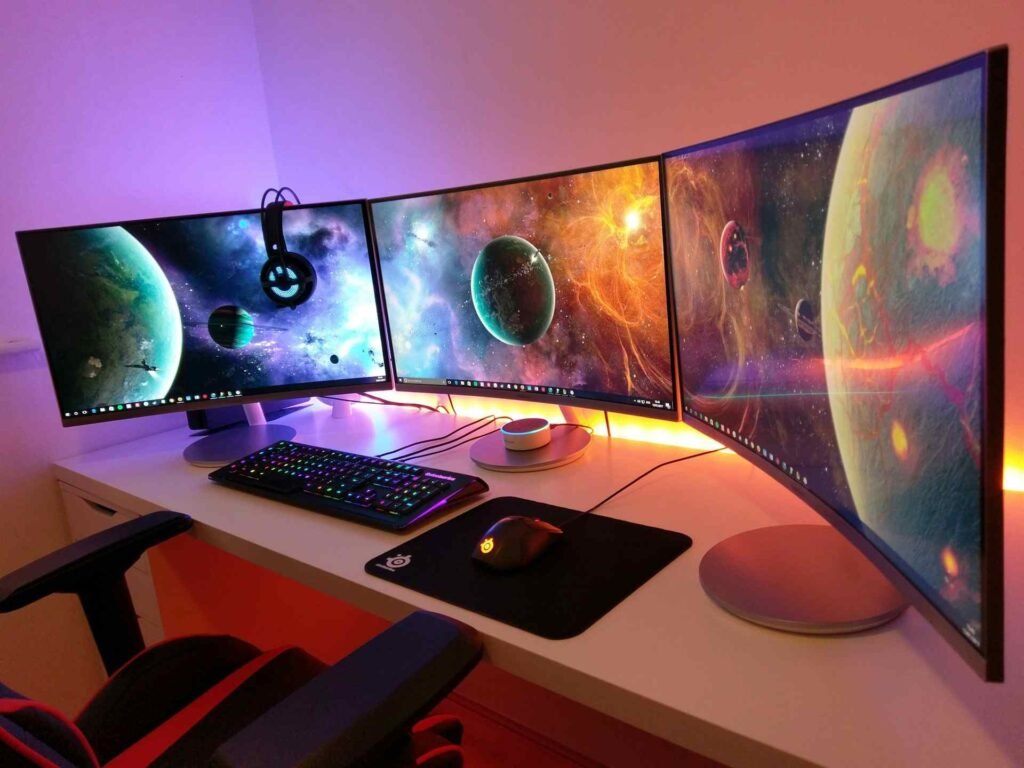
Motion-activated strips represent the pinnacle of energy efficiency for area lighting. These systems only illuminate when needed, dramatically reducing runtime hours while maintaining convenience. Though the initial cost may be higher, the energy savings and extended lifespan make them worthwhile investments.
Dimming capabilities also contribute significantly to energy savings. LED strips that can be dimmed to match ambient light levels or task requirements consume proportionally less power while extending their operational lifespan. This flexibility makes them ideal for applications where full brightness isn’t always necessary.
Installation Considerations for Energy Efficiency
Proper installation plays a crucial role in maintaining the energy efficiency of LED strip lights. Heat buildup, even the minimal amount produced by LEDs, can reduce efficiency and lifespan. Installing strips with adequate ventilation and using aluminum channels for heat dissipation helps maintain optimal performance.
The power supply location also matters for efficiency. Placing transformers in well-ventilated areas prevents heat-related efficiency losses. For extensive installations, multiple smaller power supplies often prove more efficient than single large units due to better load distribution and heat management.
Preventing common issues like LED light flickering or buzzing not only improves user experience but also maintains energy efficiency. These problems often indicate power supply issues that can increase energy consumption and reduce the strips’ lifespan.
Environmental Impact and Long-term Benefits
Beyond personal cost savings, LED strip lights contribute to broader environmental benefits through reduced energy consumption and longer lifespans. A typical LED strip uses 75-80% less energy than equivalent incandescent lighting while lasting 25 times longer.
This efficiency translates into reduced demand on power grids and lower carbon emissions from electricity generation. Over the typical LED lifespan, a single strip can prevent hundreds of pounds of carbon dioxide emissions compared to traditional alternatives.
The reduced heat output also contributes to energy savings in climate-controlled environments. Traditional lighting can add significant heat load to rooms, forcing air conditioning systems to work harder. LED strips eliminate this secondary energy consumption, providing compound savings in warm climates.
Manufacturing improvements continue to enhance LED efficiency, with newer strips offering better performance per watt than models from just a few years ago. This trend suggests that LED strips will become even more energy-efficient over time, making current investments in this technology increasingly valuable.
Frequently Asked Questions
Do LED strip lights consume a lot of electricity compared to regular bulbs?
LED strip lights consume significantly less electricity than traditional bulbs. A 5-meter LED strip typically uses 24-72 watts, equivalent to less than one traditional 75-watt incandescent bulb, while providing comparable or better illumination across a much larger area.
How much do LED strip lights cost to run per month?
The monthly cost depends on usage patterns and local electricity rates, but most installations cost between $0.50-$3.00 per month to operate. Even extensive whole-home installations rarely add more than $5-8 to monthly electric bills when used for typical evening and accent lighting.
Do LED strip lights take up a lot of electricity when dimmed?
Dimmed LED strips consume proportionally less electricity based on their brightness level. Unlike some older lighting technologies, LEDs maintain their efficiency when dimmed, so a strip operating at 50% brightness consumes approximately 50% of its maximum power draw.
Can leaving LED strip lights on 24/7 significantly impact my electric bill?
While not recommended for lifespan reasons, leaving LED strips on continuously would typically add $3-10 per month to your electric bill, depending on the total length and power consumption. This is still considerably less than most other lighting options would cost for similar runtime.
How do RGB color-changing LED strips compare in electricity usage?
RGB LED strips typically consume slightly more power than single-color strips due to their more complex circuitry and multiple LED colors. However, they remain highly efficient, usually consuming 20-30% more power than comparable single-color strips while offering significantly more versatility.
Conclusion
The verdict is in: LED strip lights definitely don’t use a lot of electricity, and they’re actually among the most energy-efficient lighting choices you can make. Whether you’re looking to add some ambiance to your living space, create task lighting for your workspace, or even go full-on mood lighting enthusiast, these little powerhouses deliver big on performance while barely registering on your electric meter.
We’ve seen that even generous installations typically add less than the cost of a pizza to your monthly electric bill, while providing years of reliable, beautiful lighting. When you factor in their incredible lifespan and the money saved on bulb replacements, LED strips practically pay for themselves over time.
The best part? Technology keeps improving, making newer LED strips even more efficient than their predecessors. Go ahead, light up your life, your wallet will thank you, and your space will look absolutely fantastic while using less energy than your coffee maker. Now that’s what we call a bright idea that actually makes cents.
Looking for more? Check out our desk lighting category for more articles and guides that may interest you!
Featured image credit: Image by Bent Chiang from Pixabay
This content is for informational purposes only. Please verify current information directly on the retailer’s site before purchasing.

